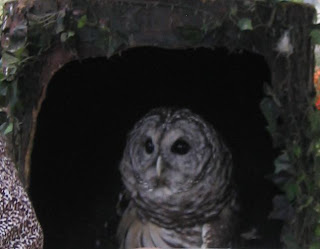
Today I attended a special service at Saint John The Divine Cathedral here in Manhattan. This space has got to be one of the most sacred in New York City. Its architecture is the closest to anything in Europe I've seen here in the states. My friend who was part of the service gave me a behind the scenes look inside the catacombs, and even downstairs where they are storing some of the art while they restore from a fire they had a year or more ago.




Once each year, this cathedral offers a Blessing Of The Animals service to mark the Feast of Saint Francis of Assisi, the patron saint of animals and birds. They often showcase a few rare animals (to NYC) like porcupines, camels and monkeys, while interspersing amazing liturgical dance. If you've never seen worshipful dance, it is really something to see.
The animals in the service were from nearby shelters and farm sanctuaries, and there were representatives with tables of literature outside, offering information about animal rescue and proper treatment. After the service, anyone can bring their own animals to be blessed. People bring snakes, dogs, cats, hamsters, you name it.
Those who know me well, would tell you that my goal is to see an owl in the wild, so technically these from Sunday don't count ;)
Lanner Falcon
These birds above were all part of the service and were from a rescue organization called The Raptor Project. I'm always a little cautious when I see birds on a leash, but I'm told these would have died if left in the wild. Here is the organization's mission statement:
Many of the birds in The Raptor Project have permanent handicaps and have been donated to this project by crowded wildlife centers around the country because they were unable to be re-introduced to the wild. Some faced euthanizing and now have been tamed and trained to educate the public as charming ambassadors of their species and the environments they inhabit.







No comments:
Post a Comment